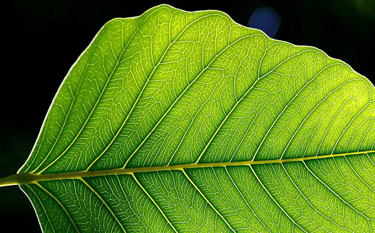Towards a universal DNA barcode for plants
 Evolutionary Bio,
Evolutionary Bio,  Plants
Plants Stepping into the future of botany...
Progress towards a universal DNA barcode for plants has taken a major step forward. A massive team of scientists - a whopping 52 from 10 countries - co-authored a paper in which they identified two genes that can be used to catalogue the world's plant species. DNA bardcoding is a classification method that uses a short genetic marker in an organism's DNA to identify it as belonging to a particular species. According to Spencer Barrett a professor of ecology and evolutionary biology at the University of Toronto and the head of the Canadian plant barcoding working group:
"We compared the performance of the seven leading candidate gene regions against three criteria: ease of obtaining DNA sequences; quality of the DNA sequences; and ability to tell species apart based on a sample of 550 species of land plants", says Barrett. "Based on this global analysis we recommended that matK and rbcL — two chloroplast genes — are adopted as the DNA barcode for land plants."
 Very cool public domain photo of a leaf. Uncredited.Perhaps you're wondering why we need a DNA barcode for plants. According to a press statement by the authors:
Very cool public domain photo of a leaf. Uncredited.Perhaps you're wondering why we need a DNA barcode for plants. According to a press statement by the authors:
"The primary application of the methodology will be the identification of the many species in the world's biodiversity hotspots where a shortage of specialists hinders conservation efforts. Other applications include identifying illegal trade in endangered species, identifying invasive organisms, poisonous species and fragmentary material in forensic investigations. The technique will work on minute amounts of tissue and can be used on fragments of plant material, small seedlings, and in some cases digested or processed samples."
When I think about DNA barcoding, I imagine taking one of those Wal-Mart checkout scanners to the field, clicking on the leaf of a plant, and getting the species name on the screen. I have to believe that someday this will be the reality of fieldwork. Which makes me a little sad to think that one day we might look back at botanists keying out plants as ancient history.
| Source: | Proceedings of the National Academy of Sciences |
| Title: | A DNA barcode for land plants |
| Authors: | Peter Hollingsworth, et al. |
| Product of the CBOL Plant Working Group |




Reader Comments